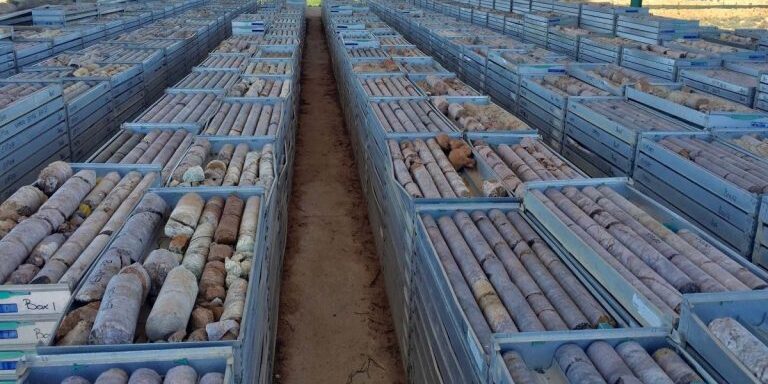Production at Angola’s Longonjo mine, slated to begin in 2027, is projected to meet 2.5% of global rare earth demand, according to Alcídio José, Chairman of Ozango Minerais, the company overseeing the project.
The mine, located in Longonjo, approximately 70 km from Huambo, is part of a strategic initiative that includes shareholders like the British company Pensana and the Angolan Sovereign Fund.
The Longonjo mine will play a crucial role in the energy transition, producing rare earths essential for electric vehicle permanent magnets.
Ozango Minerais is preparing to start construction in May 2025, with an estimated 20,000 tons of concentrate produced annually in the first phase.
“This mineral is critical for reducing carbon emissions,” said Alcídio José during a visit from a diplomatic delegation traveling along the Lobito Corridor.
“We have a significant reserve here, and the production from the Longonjo mine will contribute greatly to global demand.”
With a 35-year renewable concession, the mine’s development will cost around USD 260 million, with key financing provided by the North American company DFC.
The project is expected to create 860 construction jobs and 430 direct jobs in its initial operational phase.
In the future, Ozango Minerais plans to process and separate the final product in Angola, adding another USD 260 million investment to the project.
This approach will reduce operating costs and increase efficiency, benefiting both local communities and the economy.
The mine’s location along the Lobito Corridor, which spans 1,300 kilometers from the Port of Lobito to the border with the Democratic Republic of Congo, adds significant logistical advantages.
Despite the advantages, the project will also involve challenges, including environmental concerns and the displacement of some agricultural land. These issues are being addressed in consultation with local communities.
![]()




